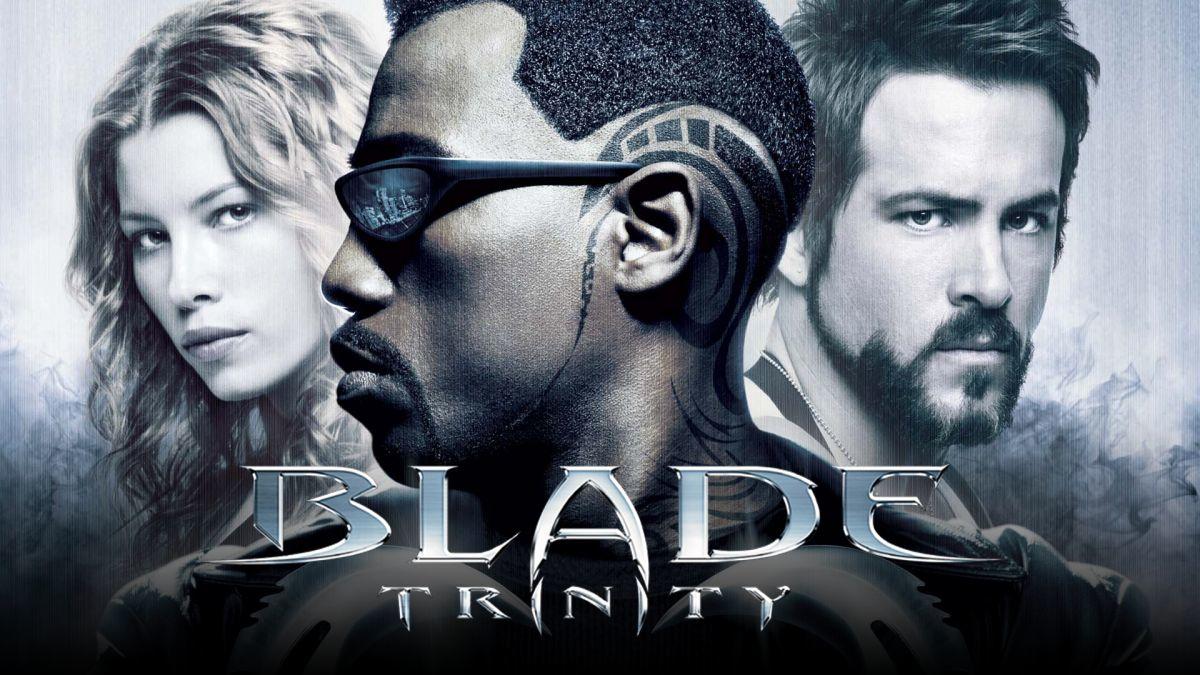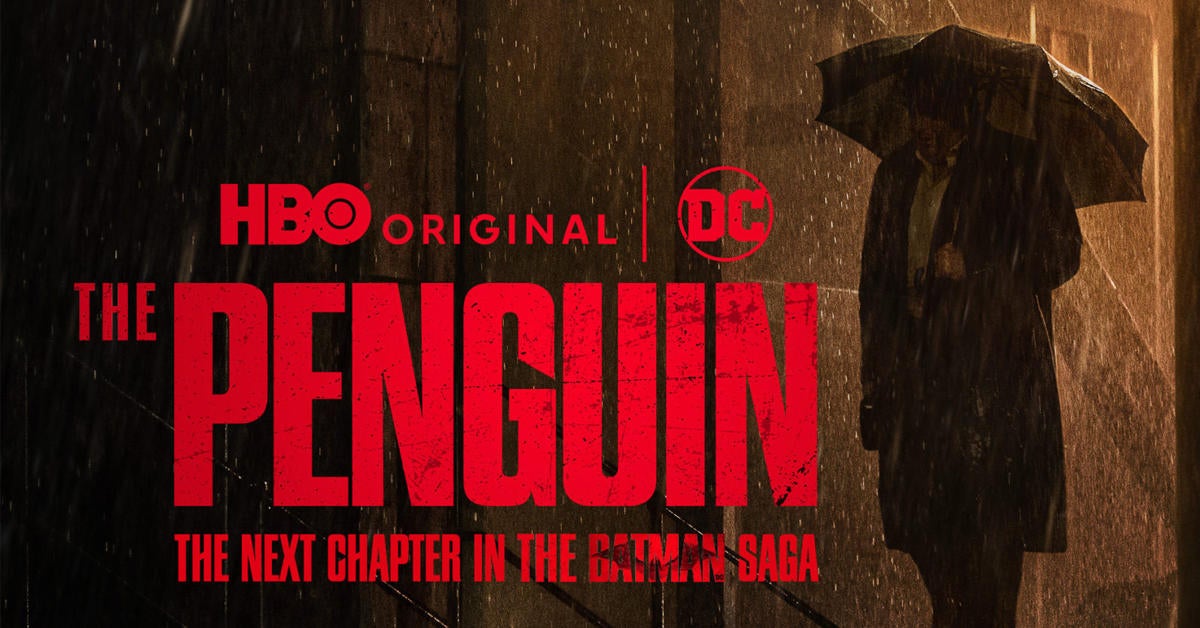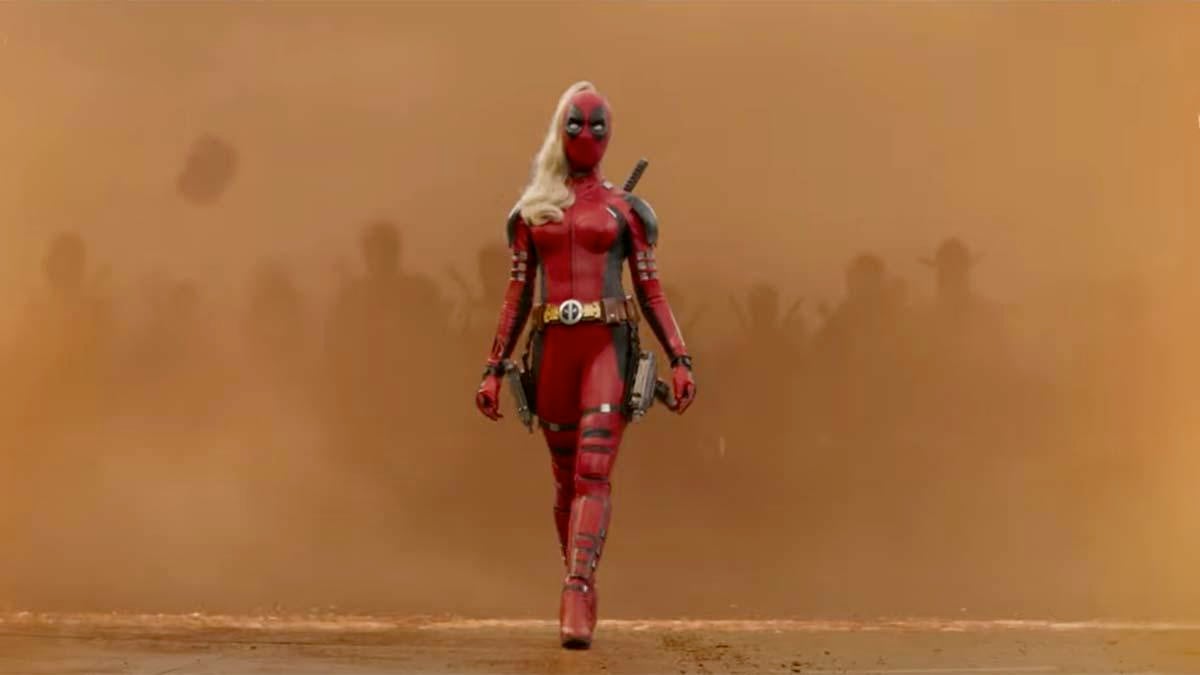Marvel’s Miracleman #6 Continues the Brilliance [Review]
Sometimes it feels as though I’m running out of ways to keep saying how good this series is. For [...]

Sometimes it feels as though I'm running out of ways to keep saying how good this series is. For the last few issues, it's been on an amazing roll and this one keeps it going. With each successive book, I'm learning more and more why this story from writer Alan Moore and a number of artists but particularly Alan Davis has earned the acclaim that it did. Overall, the writing and art come together in a beautifully complimentary way and I find myself even more drawn into the world of Miracleman. I'm feeling more and more that this series, now that it will be more readily available, is very near the top of what one might call the "Essential Comics Reading List." I don't know if there is a comic book equivalent of the American Film Institute's Top 100 Movies, but if there is I feel as though Miracleman should be in or at least very near the top 10. I'll go through the writing and art a bit in a few moments, but I'd like to take a moment to explore a criticism that I've had about Marvel's repackaging for a few issues now. While I feel that they have done an unassailably admirable job in colorizing and reprinting the series, and while much of their back matter has been enlightening, I find one major drawback. No, it isn't that the cover stock could be better, though that bothers me a bit in a release that is this artistically and historically important. What I feel is lacking are textual additions to the back matter that would put this work in context. My reviews of this series have been from the perspective of someone reading it for the first time in the year 2014. From what I've read and the comments that I've received in response to my musings, I am aware that the work had a significant impact when it was originally released in the 1980s. This sort of information, characterized by someone who lived through this period or at the very least has researched it would only add to the overall experience of reading this work. Given the pieces that Marvel included in issue one, comments from Mick Anglo and some background regarding the original Anglo comics and the creation of Marvelman, they aren't entirely opposed to providing written pieces that help to put aspects of the work in context with the environment in which it was released. I get the sense that this book shook the world of comics in a significant way but not everyone is going to have this information given to them or will take the time to do their own research. I feel that Marvel is missing an opportunity here to make this reprinting something even more spectacular. Additionally, as many of the original creators who worked on this series are still with us, I wouldn't mind reading interviews from them that help to shed light on their own memories and experience with this work. If Alan Moore isn't interested, then perhaps Alan Davis, Garry Leach, or John Ridgway would share a few words. I bring this up in part because the back matter in this book, while welcome is a bit underwhelming. It is quite nice to get a look at Mick Austin's original cover painting for Warrior #16 and all the pages of original artwork are nice to see; however, it doesn't add to this book as much as some of the earlier issues' concept sketches, text pieces, and other offerings did. Additionally, the original Anglo Marvelman story "Marvelman and the Land of Nod" has only the most tenuous connection to the content of main narrative of this issue. Of course, sleep and dreaming are prominent in each, but in ways that are almost completely unrelated. Put simply, the Marvelman story does not enlighten anything about the rest of the book and it doesn't help me to understand the series any better. It's just another goofy Marvelman caper like the others that Marvel has provided. Let me just finish by saying that I would never dream of asking Marvel to stop providing this back matter, but I do think that they could be doing a bit more or providing some content with a bit more significance. Anyway, diving into the comic proper, what we have are two chapters taking place in the current setting of the Miracleman story with art by Alan Davis bookending a middle chapter which shows us Project Zarathustra in 1961 with art by John Ridgway. In the bookending pieces, we see Miracleman and Agent Evelyn Cream taking a plane to Paraguay to find Dr. Emil Gargunza. Meanwhile, Gargunza is monitoring the pregnancy of Liz Moran, the wife of Miracleman's alter ego Mike Moran, and reveals much of his backstory to her. As I've said in past reviews and above, this series deserves to be read so I won't go into more detail than that on the plot beyond discussing a few good and bad points. Starting with the art, I love Alan Davis' work here. As mentioned in past reviews, his work only seems to improve as the series progresses and that continues to be the case. Characters remain expressive, figures are rendered beautifully, and his panel layouts continue to draw in and engage the reader. Not being an artist myself perhaps I'm off the mark, but the most impressive moment to me is the final page of this issue where the spaceship that brought the technology that gave birth to Miracleman is revealed. While the colors are perfectly complementary to the image, looking at the original artwork gives a sense of Davis' technique. I'm not possessed of the appropriate terminology to identify the specific techniques he used but the shading that Davis accomplished using India ink to capture clouds and the contours of the alien vessel is impressive. Even in black-and-white the craft has an otherworldly appearance distinct from the rest of the scene that it inhabits. I cannot imagine that this was an easy effect to achieve. Also impressive is his depiction of Liz's unborn child, captured in detail and given an almost otherworldly appearance and intelligence. It's hard to describe the look of serene thoughtfulness that Davis managed to give the child but it is beautifully done and one can see why it was enough to haunt Gargunza. I also appreciate the radiating panels that capture Cream's dream in the first chapter of this issue. Finally, there is a wonderful economy of image when he is depicting Gargunza's memories and while the panels are somewhat jumbled, perhaps reflecting the nature of memory, one does not lose the reading order. It is also worth noting that this art is in no way dated. Aside from panel layouts more structured and regular than tends to appear in modern comics (but which I personally appreciate), this might be the first publishing of this work. As far as John Ridgway's work in the middle chapter "The Red King Syndrome," he does a spectacular job as well. Most of the on-panel action takes place inside the Miracleman Family's dreams. As such, it is given to Ridgway to create sprawling fantastical vistas, nonsensical architecture, and hordes of uniquely inventive dream characters. He does all with skill and imagination. Additionally, his work has a slightly different and possibly older feel which, particularly when contrasted with Davis' work, is very well suited to telling this past event in Miracleman's history. The paneling even has an older feel as many pages are variations on the traditional six-panel layout. While perhaps not quite as polished as Davis, Ridgway still does excellent work that complements the content of this chapter beautifully. I might just note that I particularly enjoyed his depiction of Gargunza's dream-state double as he finds himself in the clutches of Miracleman. There's something about the expression on his face and the dangling fingers of his gloved hand that give him an almost comically defeated look. It occurs to me that I should also specifically compliment his depiction of the two initial dream vistas that the Miracleman Family meets. They are beautifully rendered in great detail and his "Sleepytown" is a wonderful little piece of dream architecture. Considering Alan Moore's writing, once again the only thing that doesn't quite work for me is Evelyn Cream's internal monologue. It isn't as bad here as much of it is given over to practical considerations of his situation and Miracleman, but the moments that seem to linger on his ethnic heritage still feel out of place. Regardless of Moore's sensitivity regarding and/or accurate understanding of such thoughts as might be experienced by a black man living in 1980s England who experienced a very "white" upbringing, I'm not sure what their connection to the overall narrative is. Even if they were the most enlightened and thoughtful meditations on African heritage, what does that have to do with Miracleman? Perhaps wiser individuals than I could shed some light on this but I'm just left scratching my head. This might be an interesting and thoughtful set of ideas and themes, but it still seems vestigial to the larger work. Taking this aspect of Cream out of the equation though, the rest of the writing is excellent and to the point. Once again, we subtly note the Miracleman/Mike Moran dichotomy when Cream states that Miracleman "does not trust Moran in a crisis." This is an idea which is regularly revisited and I hope to see it play out more fully as the series progresses. Additionally, it is a welcome development to be getting to know Gargunza himself. Not only do we see him and his actions, but we are treated to his inner thoughts via narrative caption. Though undeniably evil, Gargunza is given depth that one might not have anticipated. I expect that this is an aspect of Miracleman that was somewhat surprising and important when the work was first released roughly 30 years ago. One actually does feel for the man when we read about his reaction to his mother's death, partly due to Davis' excellent capturing of his reaction. I will note that Gargunza did commit the act of rape at one point in his backstory. I bring this up because some have noted that Alan Moore seems to have an uncomfortable tendency to include that act or other acts of sexually tinged violence in his work. The use of rape in literature in general and comics in particular is an issue of some debate and the fact that it is casually mentioned as an aspect of Gargunza's past is somewhat questionable. Honestly, it mostly feels out of place to me and possibly in poor taste. Beyond that, I'm not sure that I'm qualified to comment further on this issue. Otherwise, this issue is just plain excellent. I love the continuing mystery of Gargunza's intentions for Miracleman's child and the nature of the child itself. I also appreciate that the change in Miracleman's chest emblem from the classic Marvelman days to the Miracleman story is given an in-universe explanation that has actual importance and significance to the narrative itself. Moore's translation of the efforts of Project Zarathustra into the dream imagery of the Miracleman Family is also quite engaging and ingenious. At the risk of sounding like a broken record, I will note again that if you aren't reading this already, you should be. It has been quite an experience reading this for the first time and doing so in periodical form. I think there's something to be said for the element of suspense added by the necessity of waiting for the next issue to be released. Anyway, excellent series and an admirable reprinting effort on the part of Marvel that would only need a touch more effort to be perfect.




